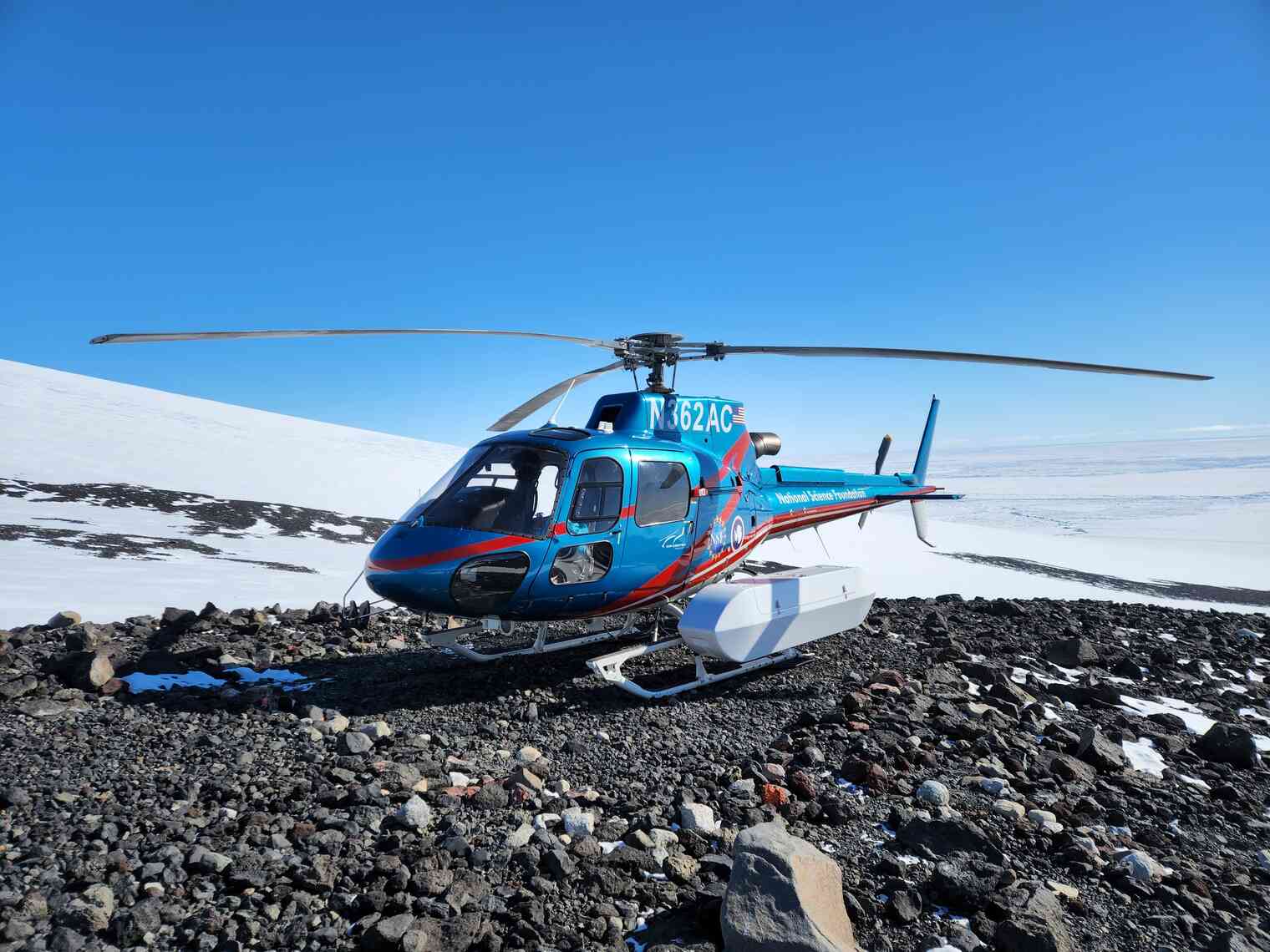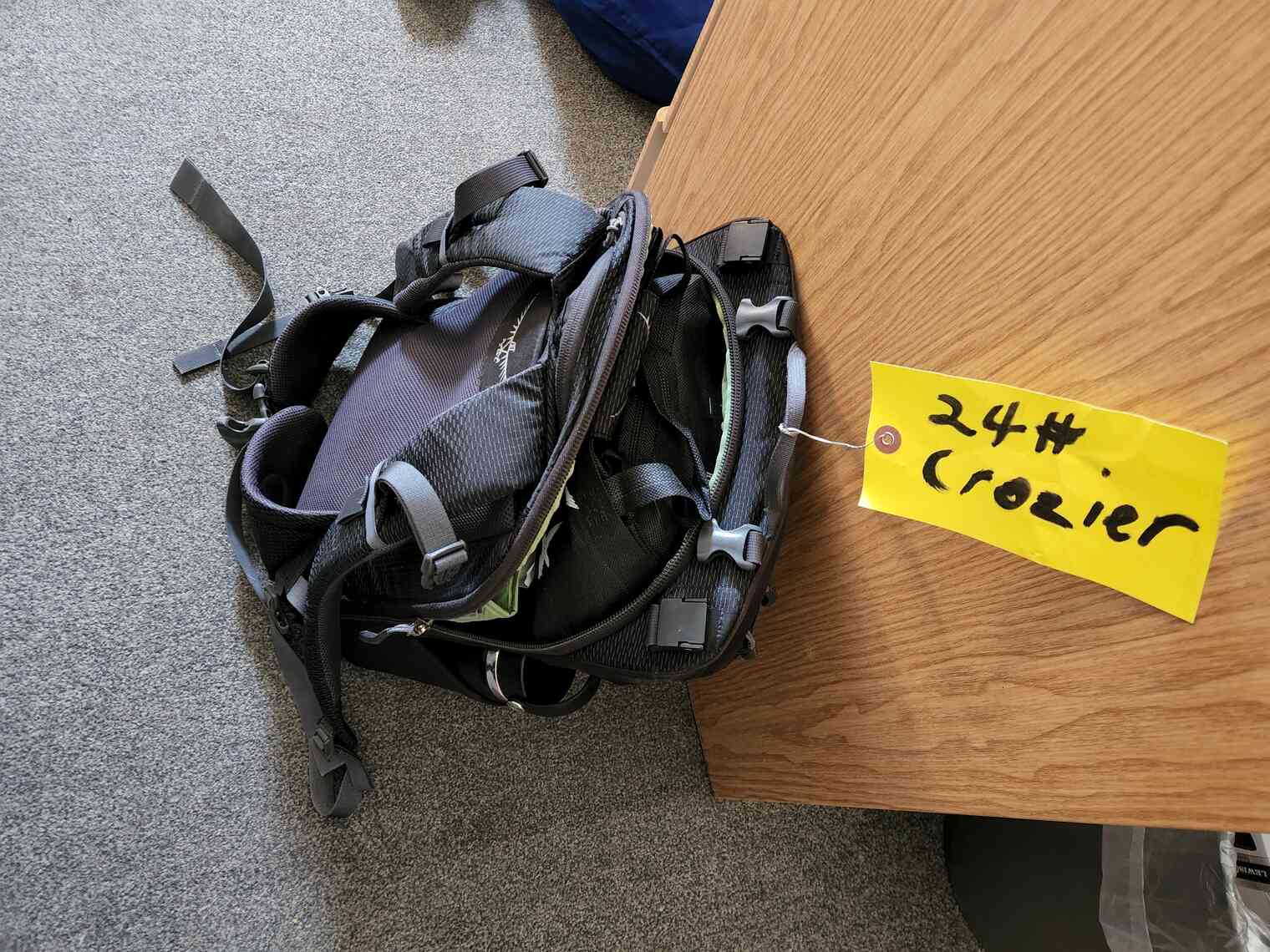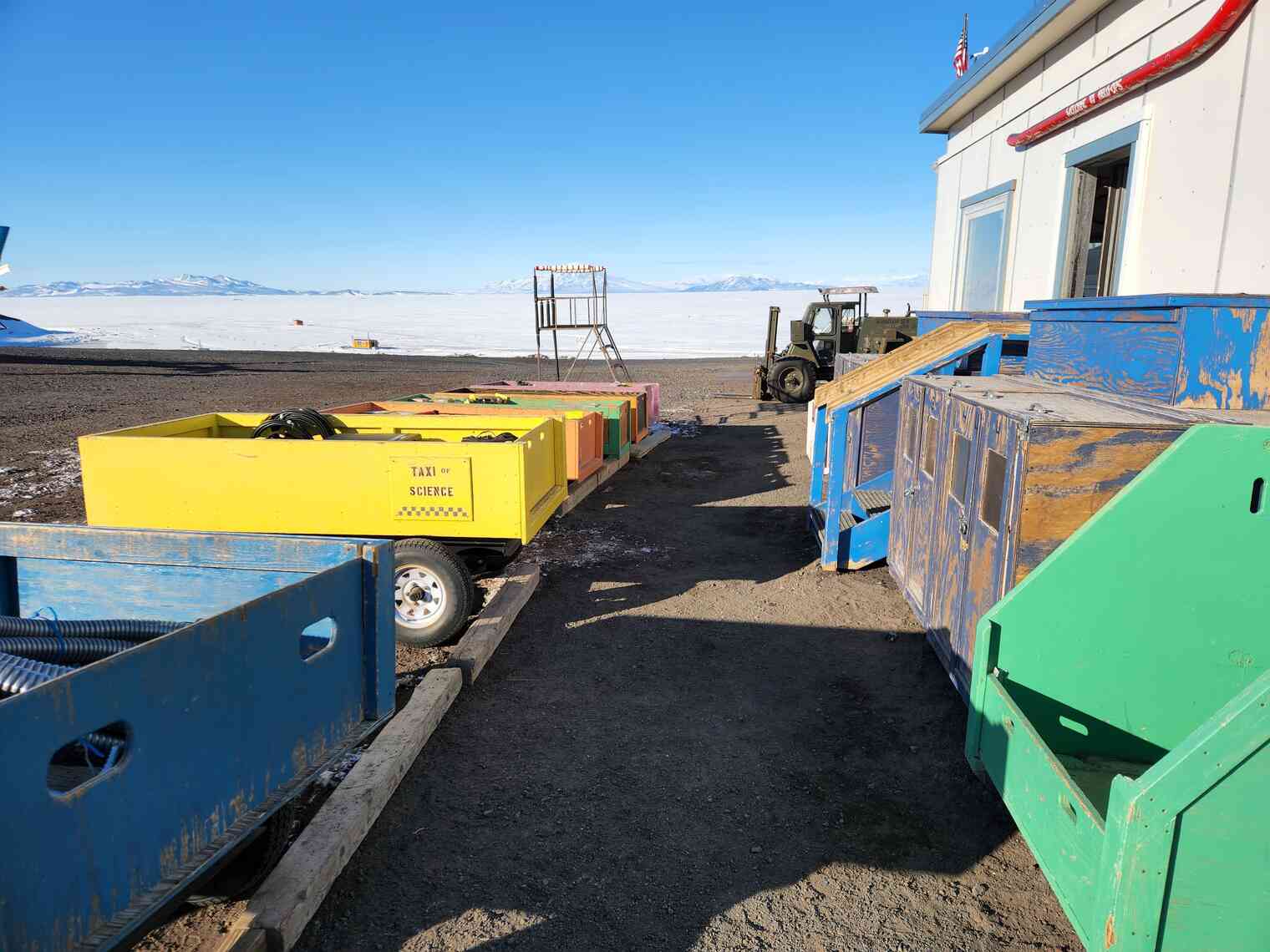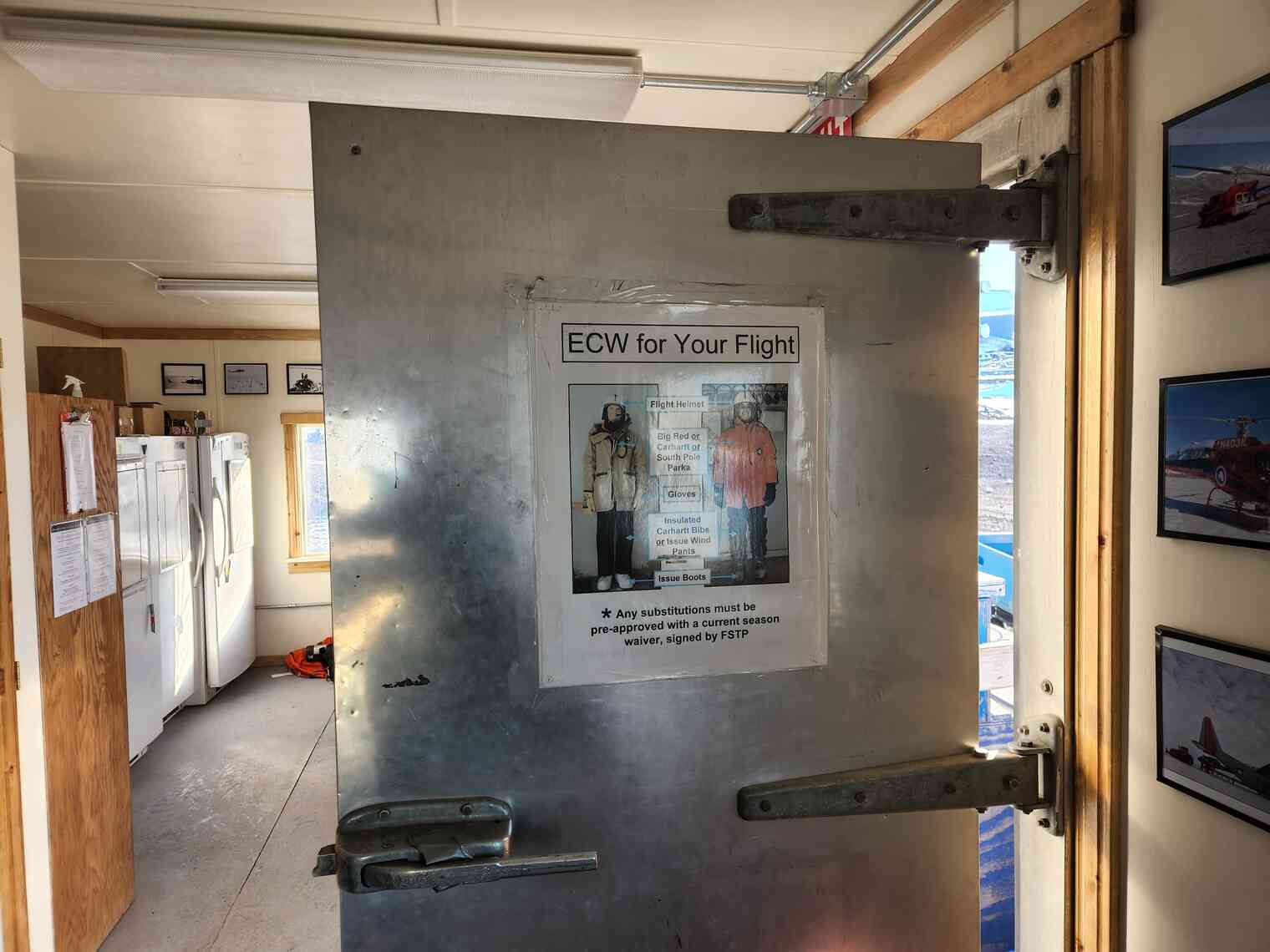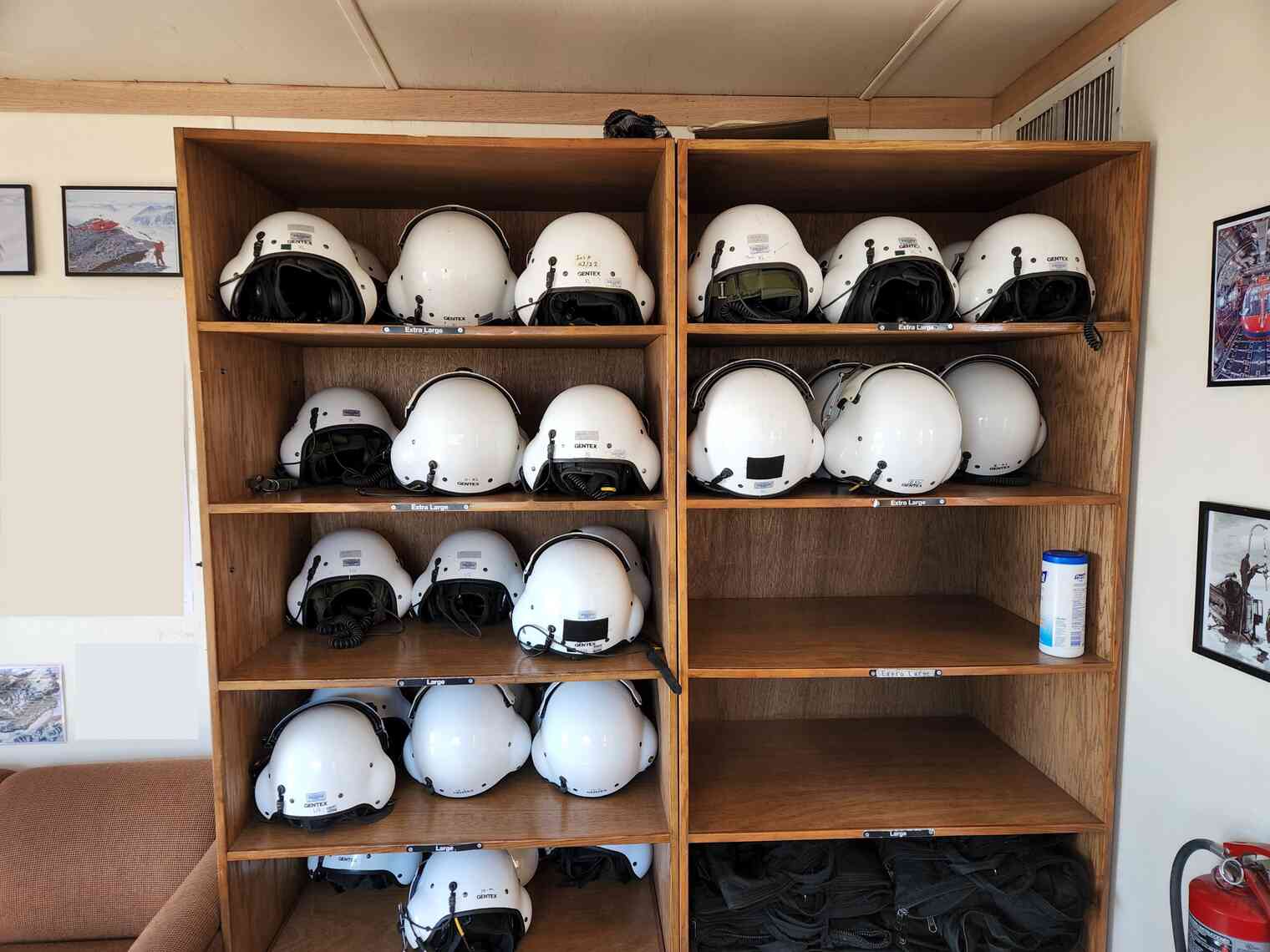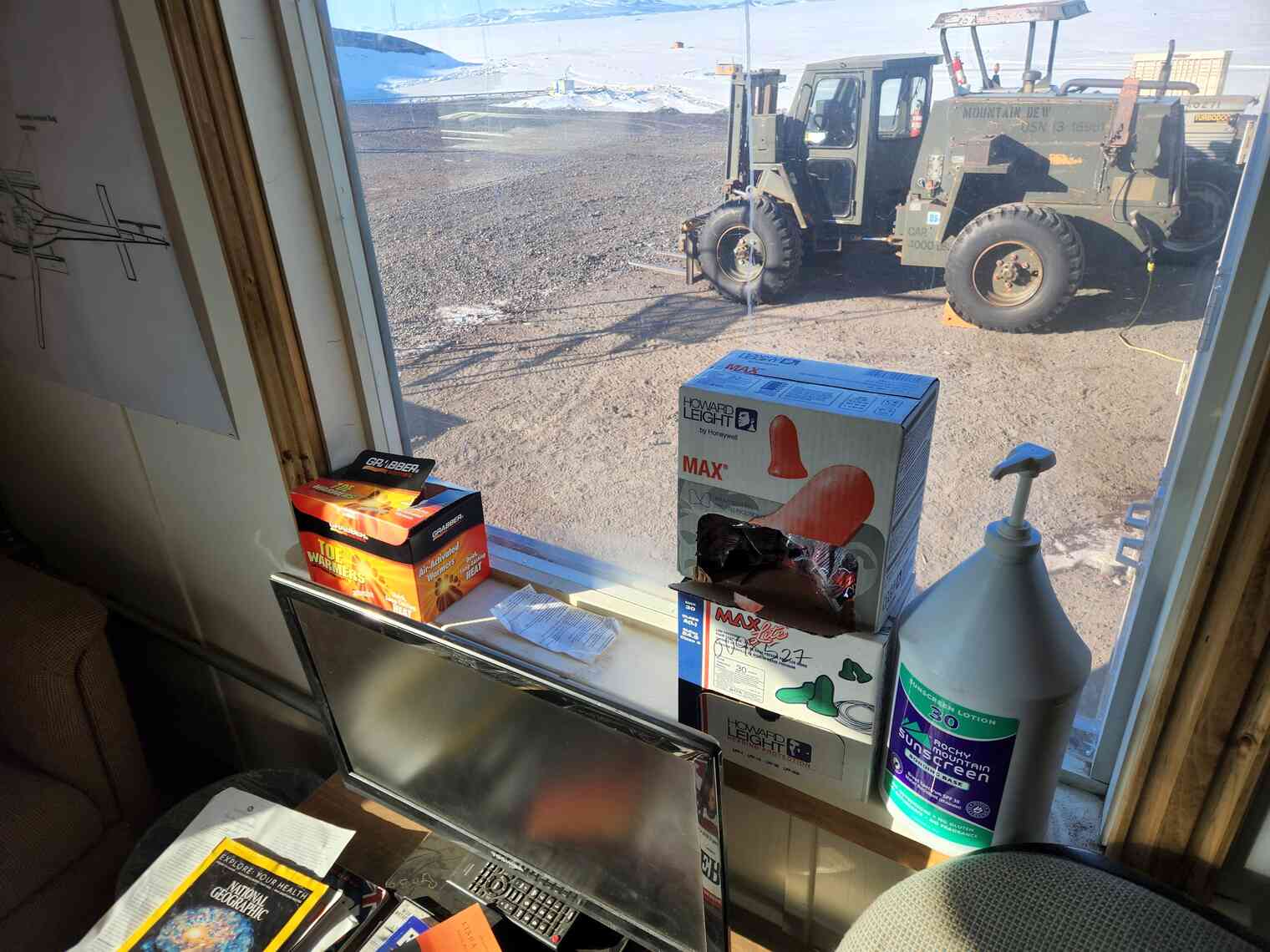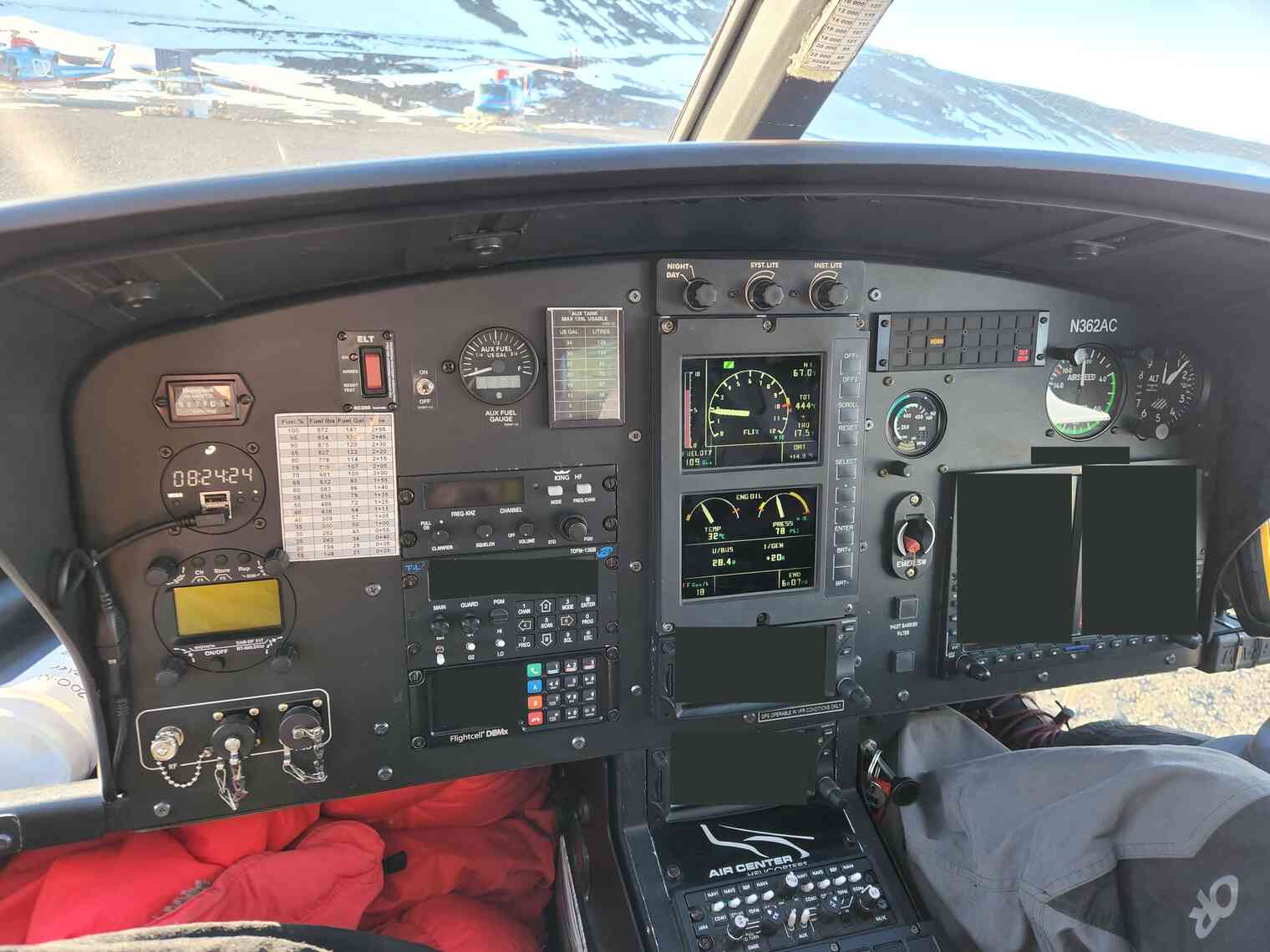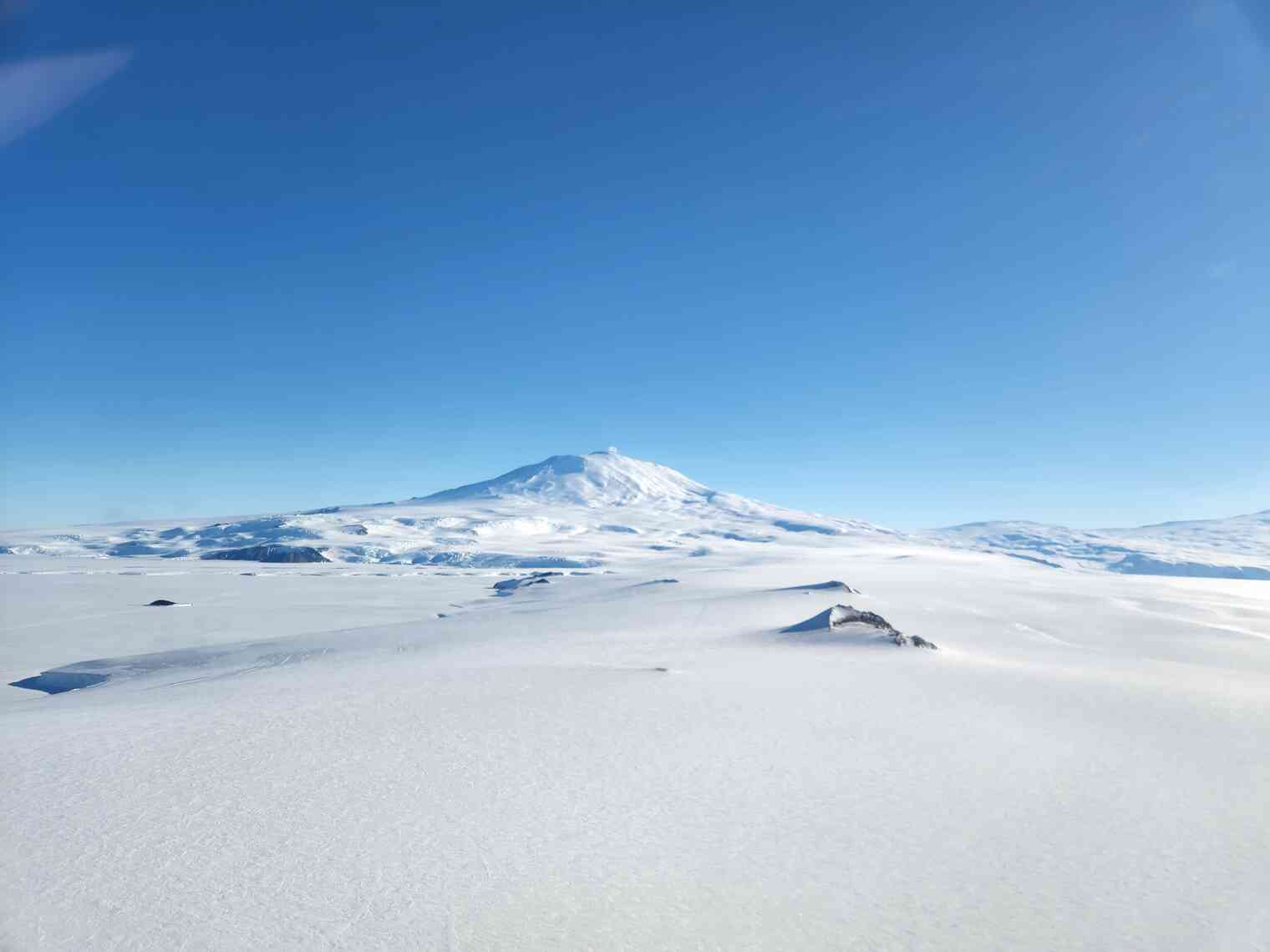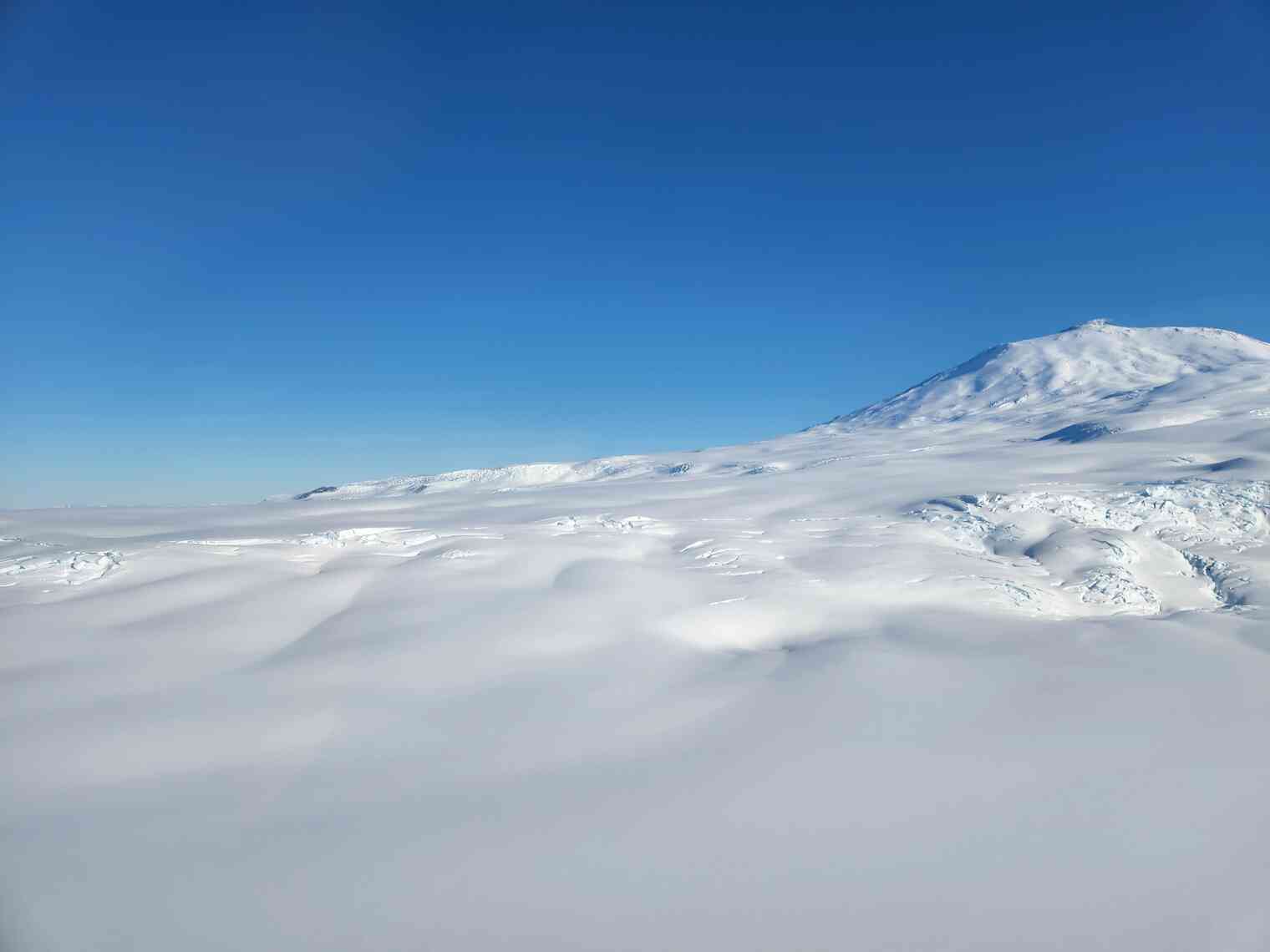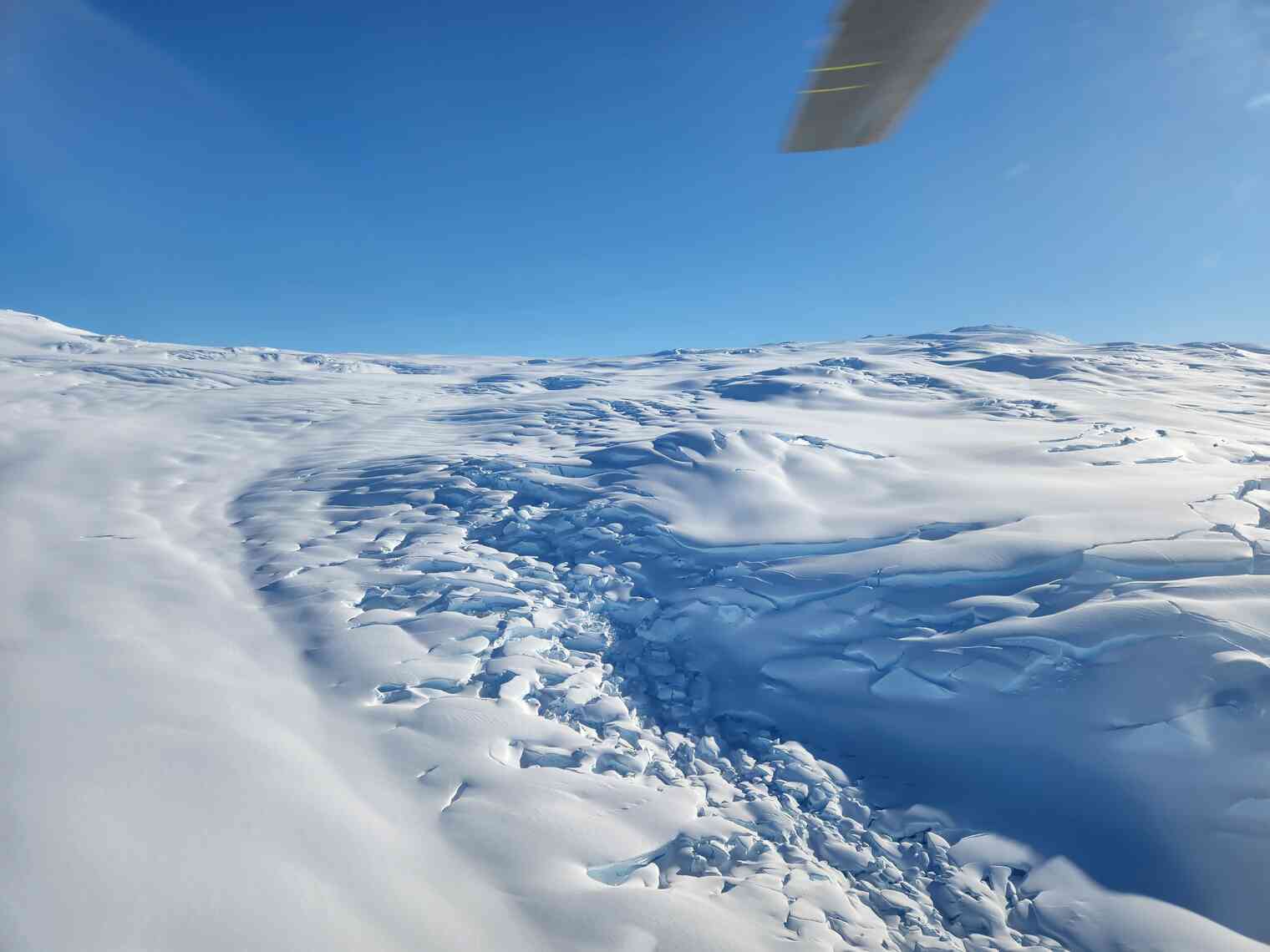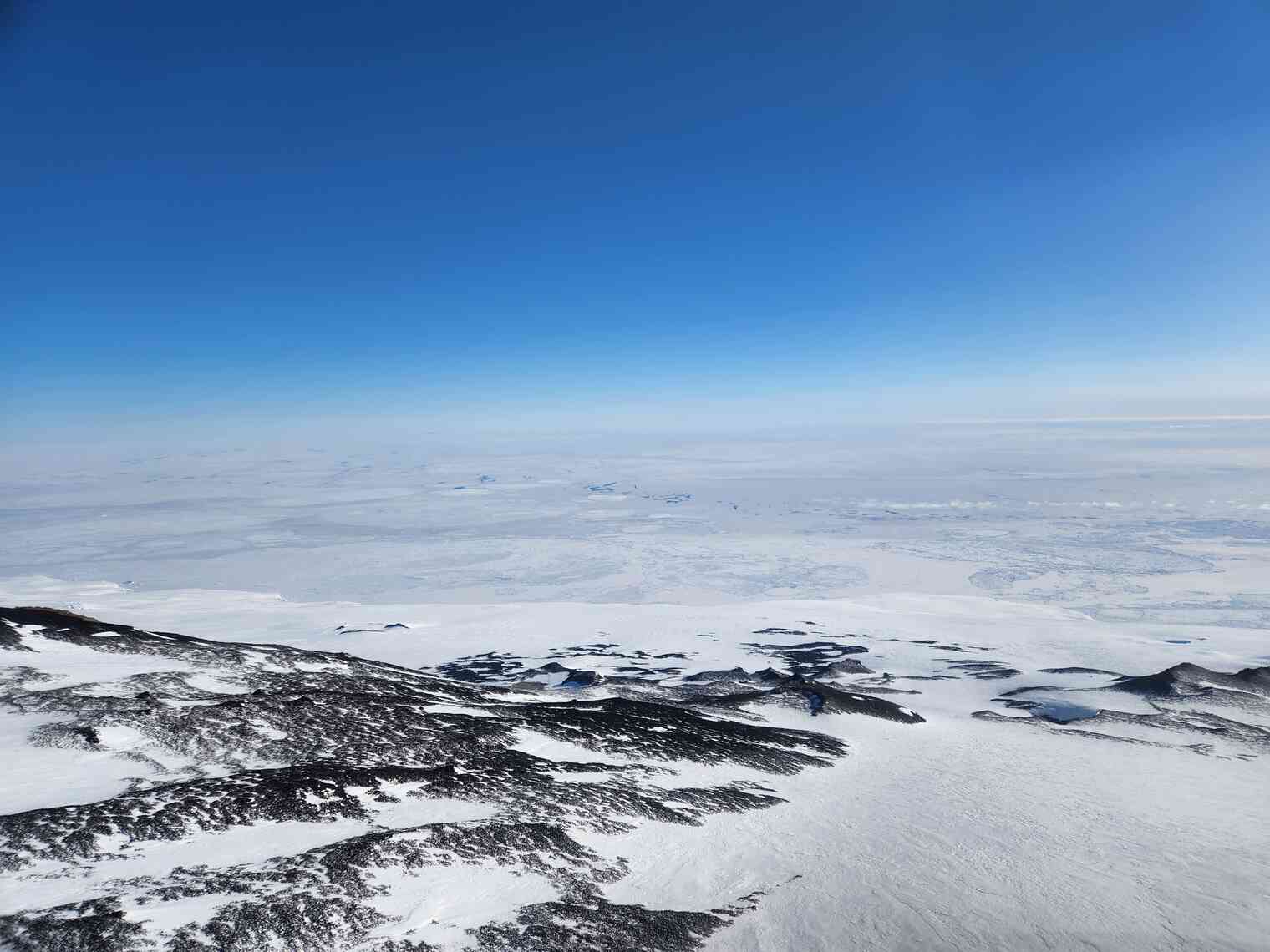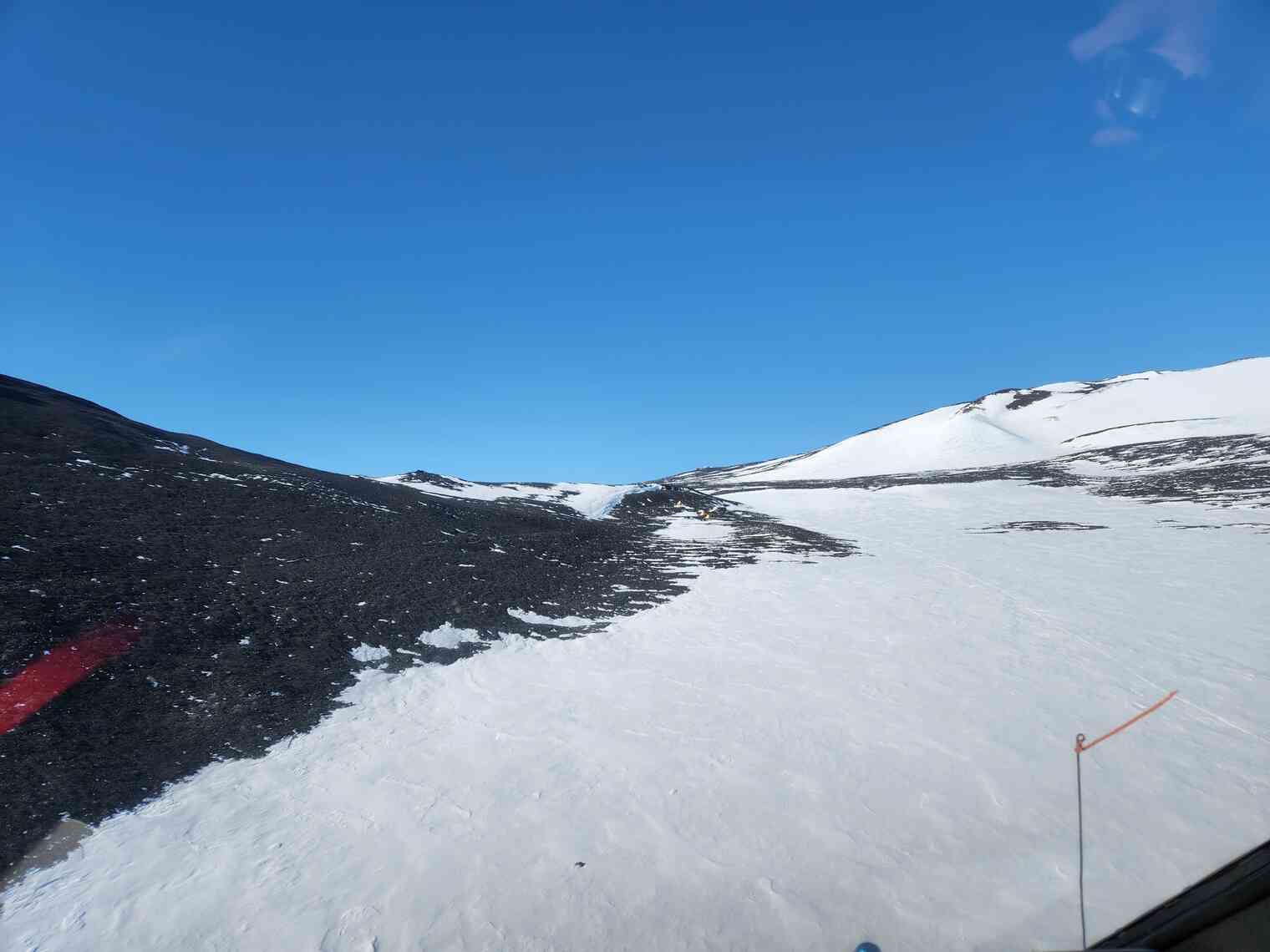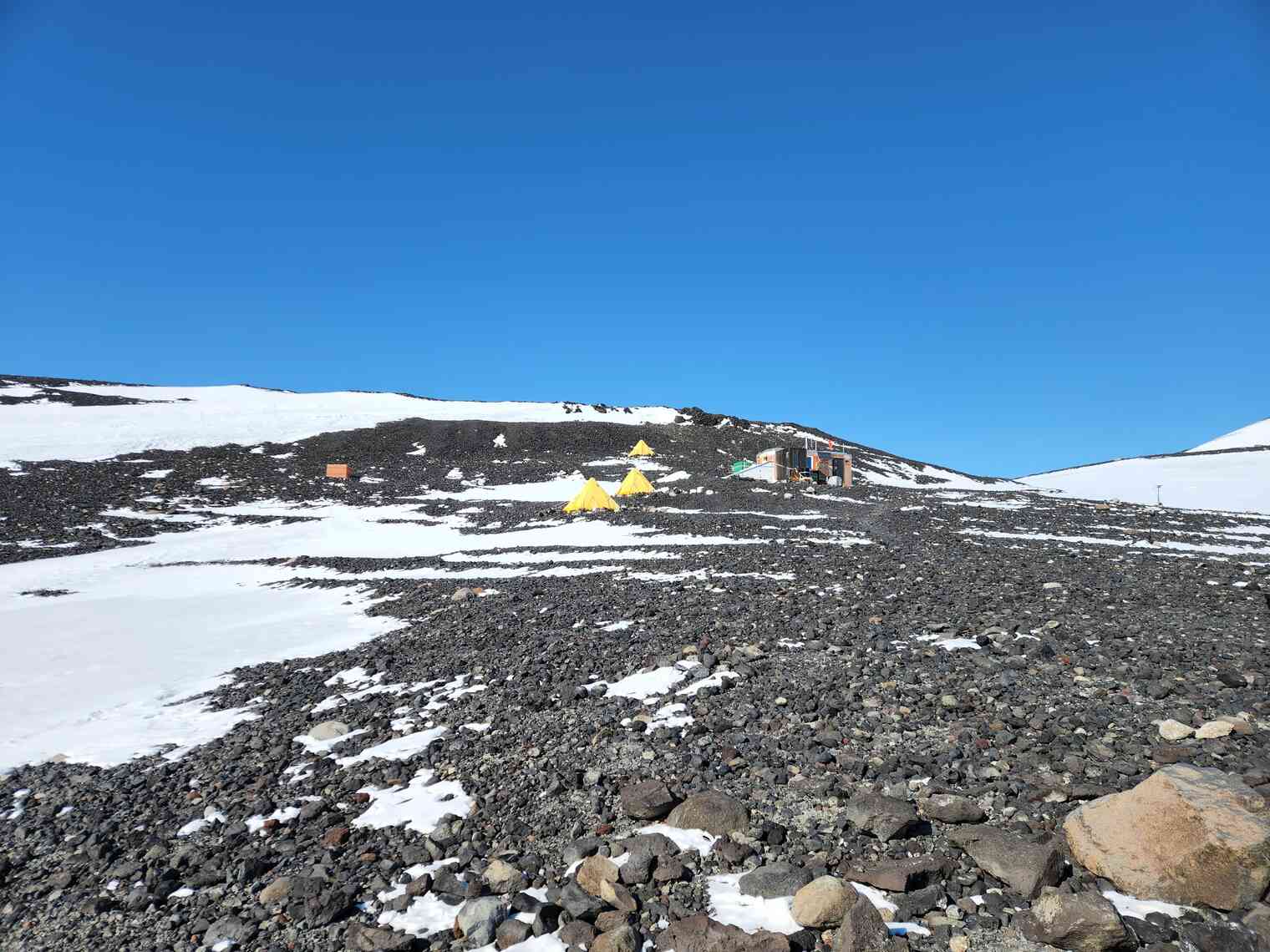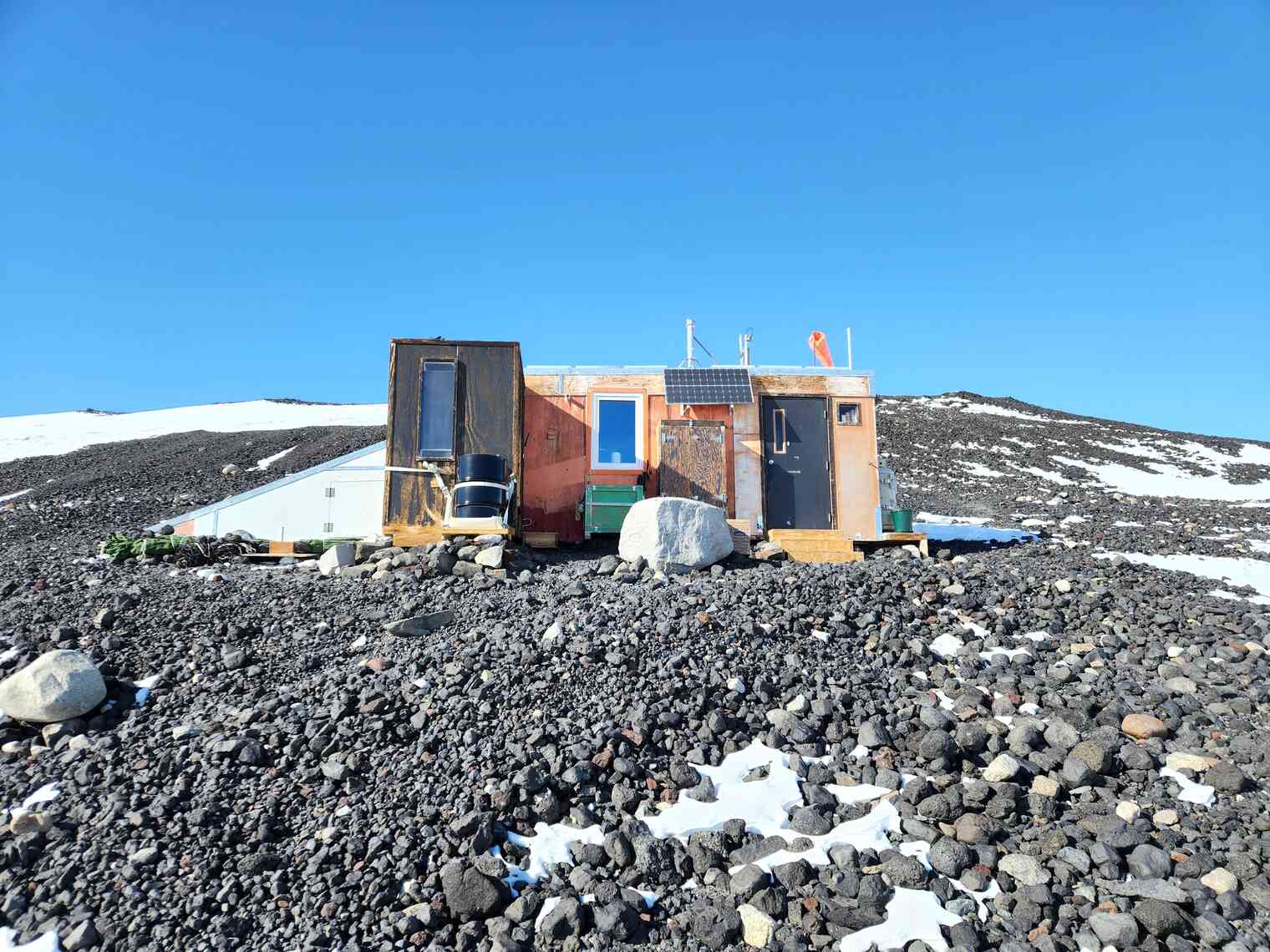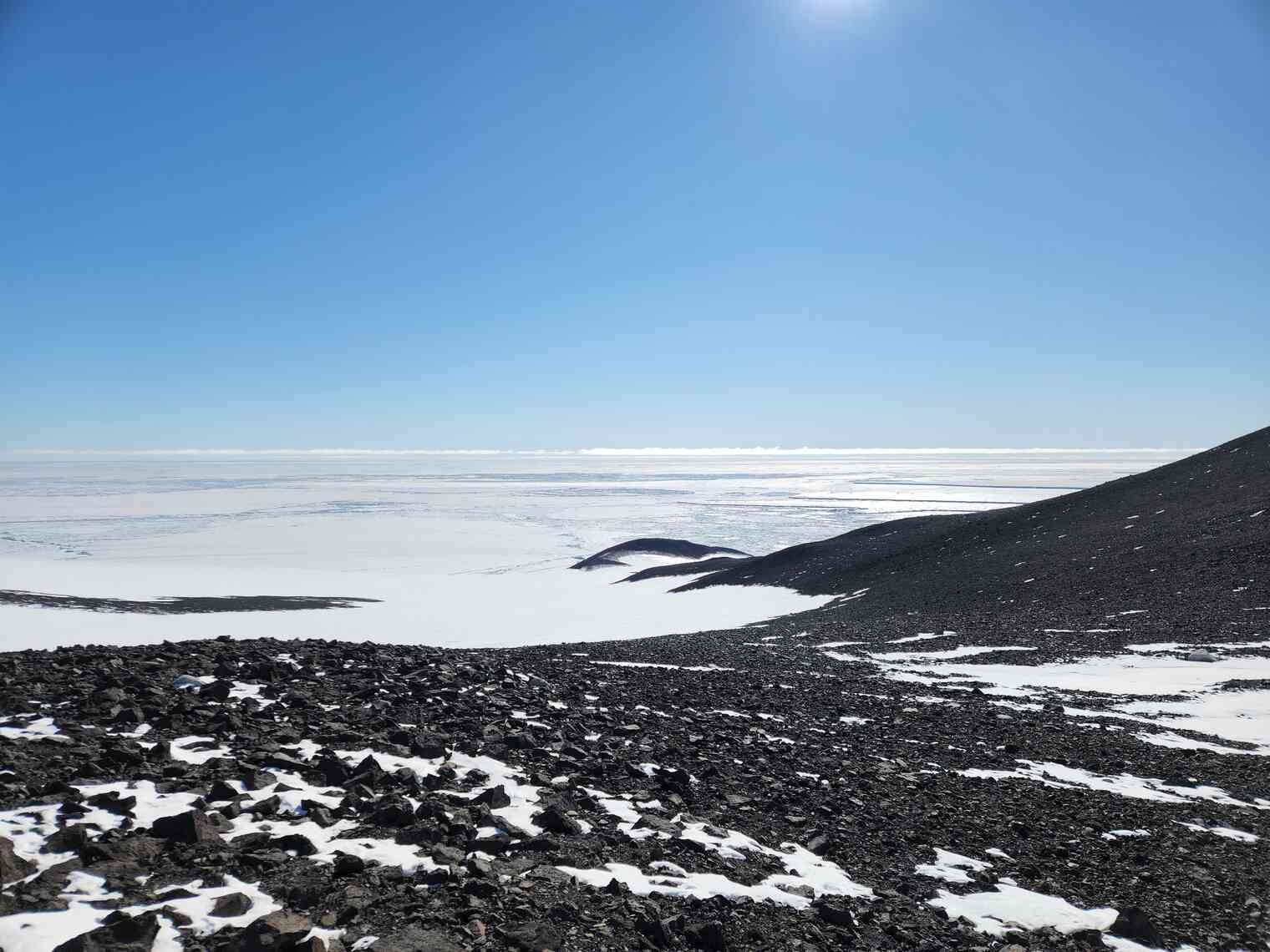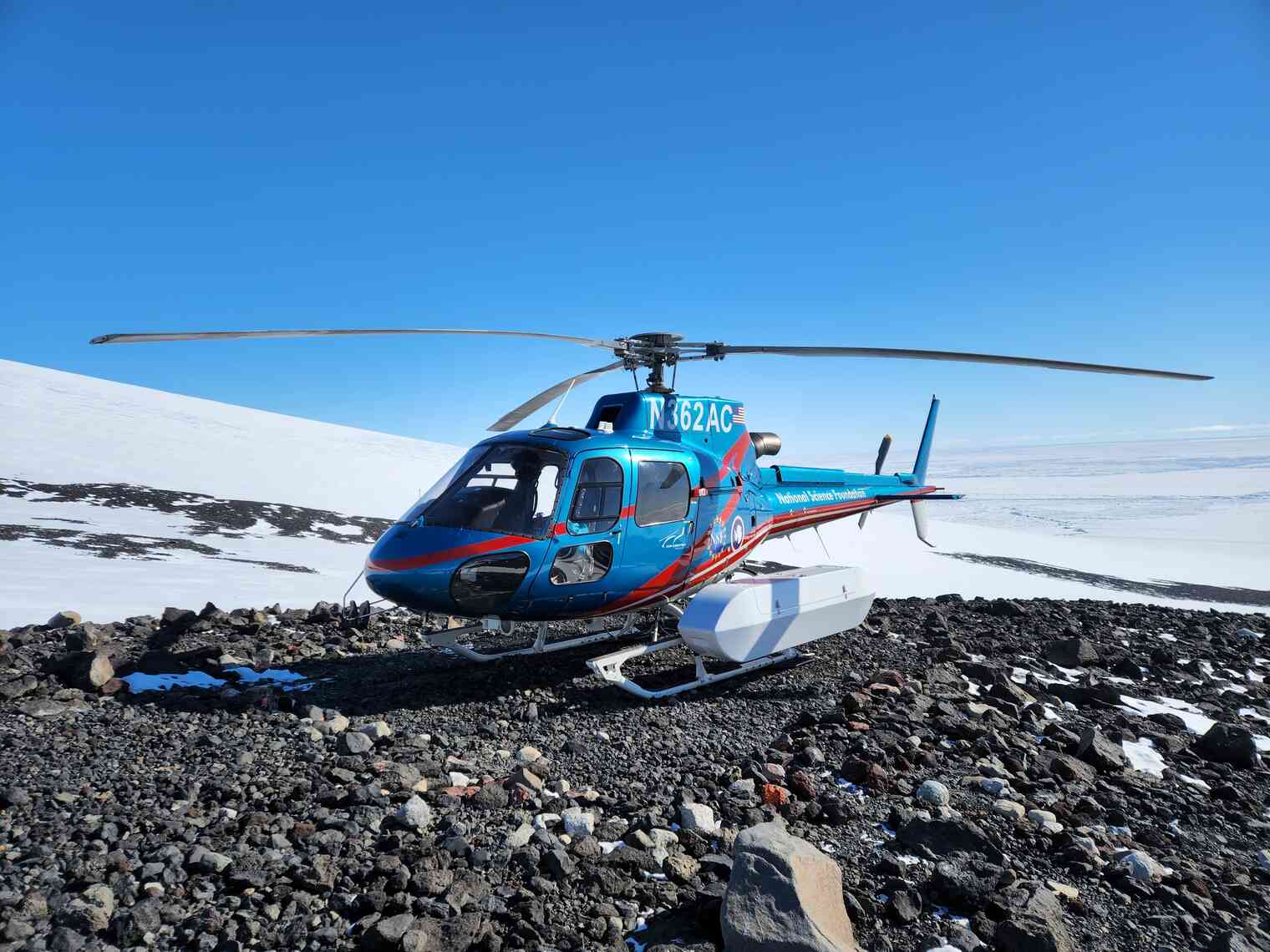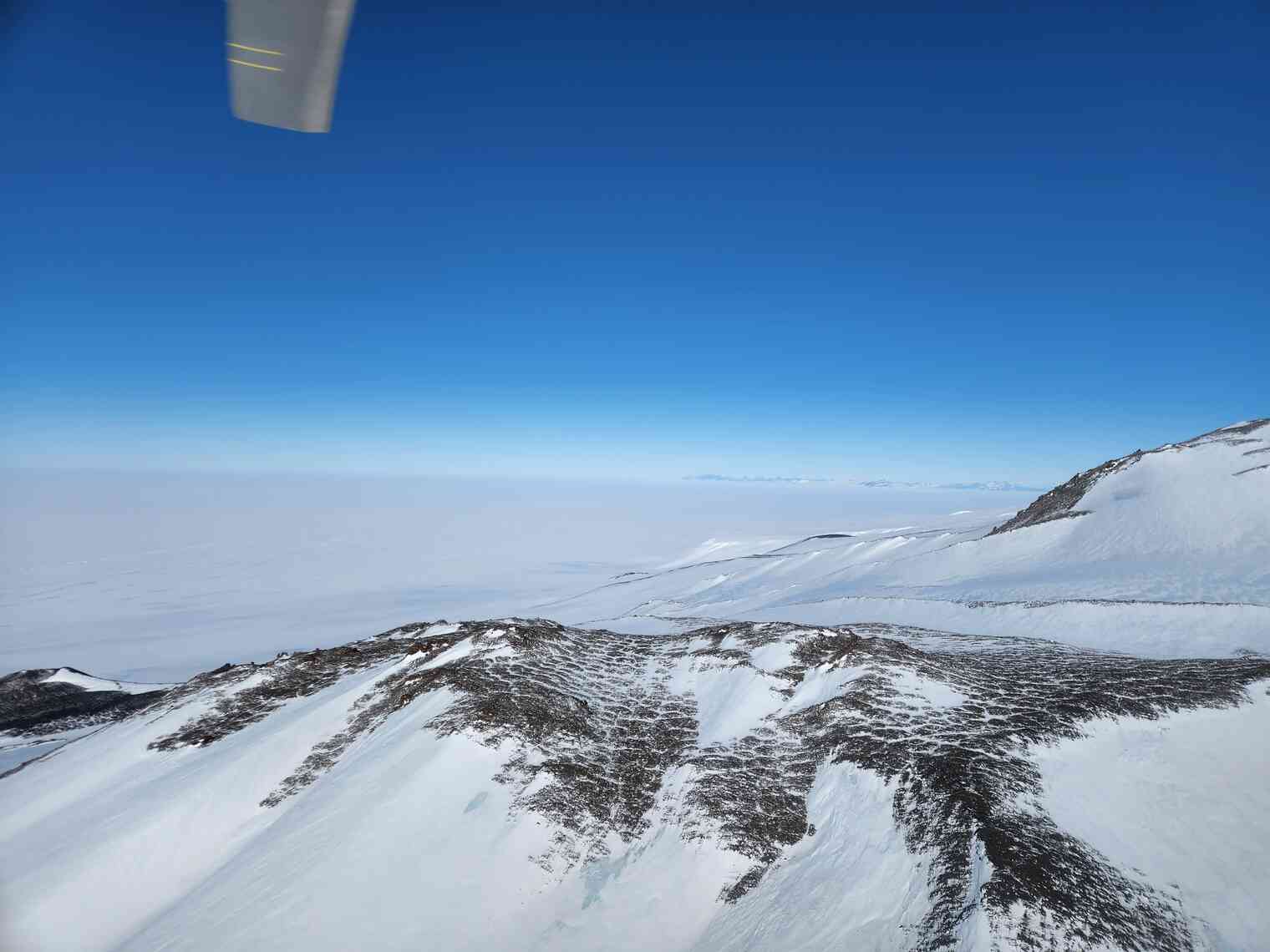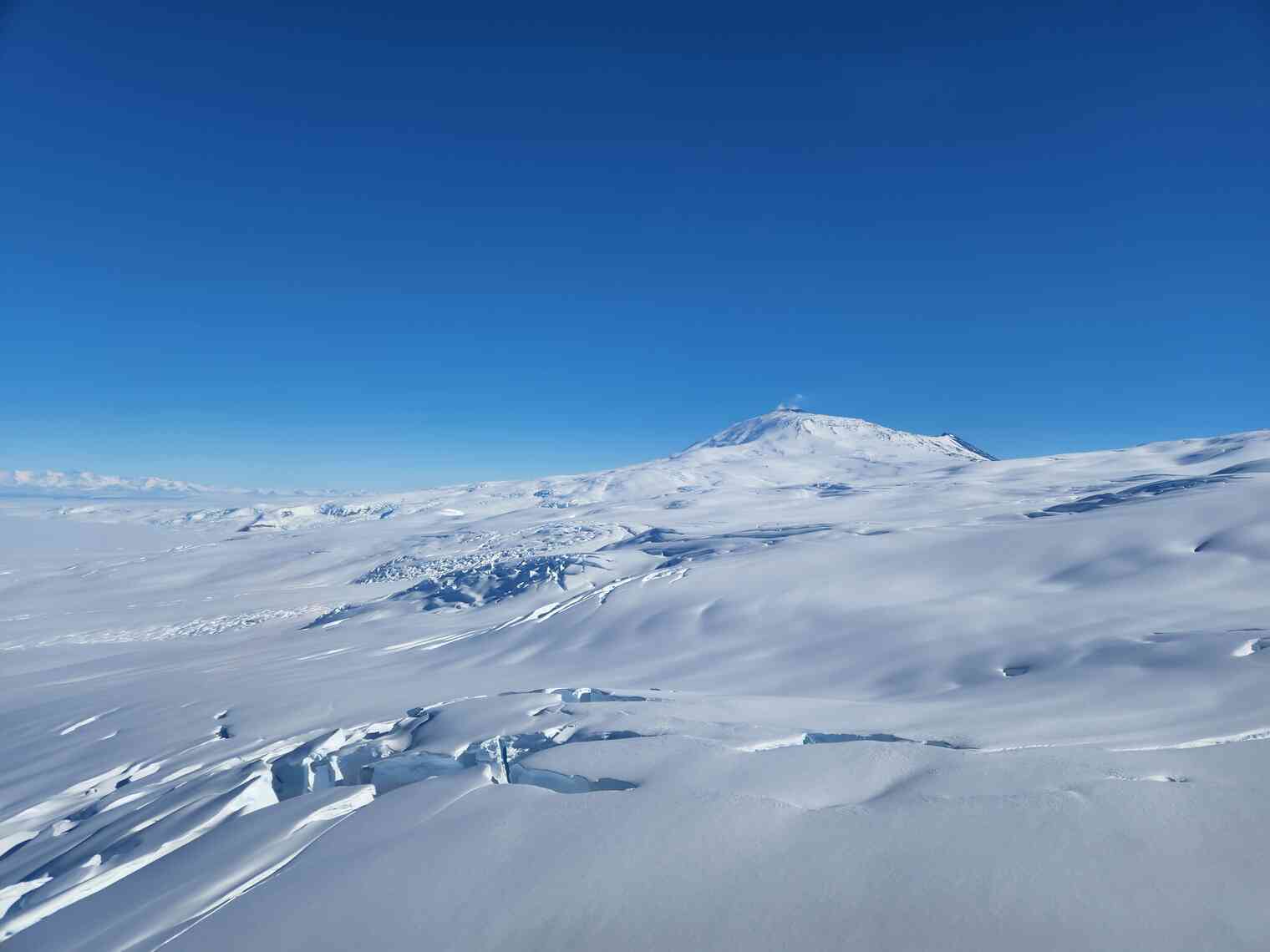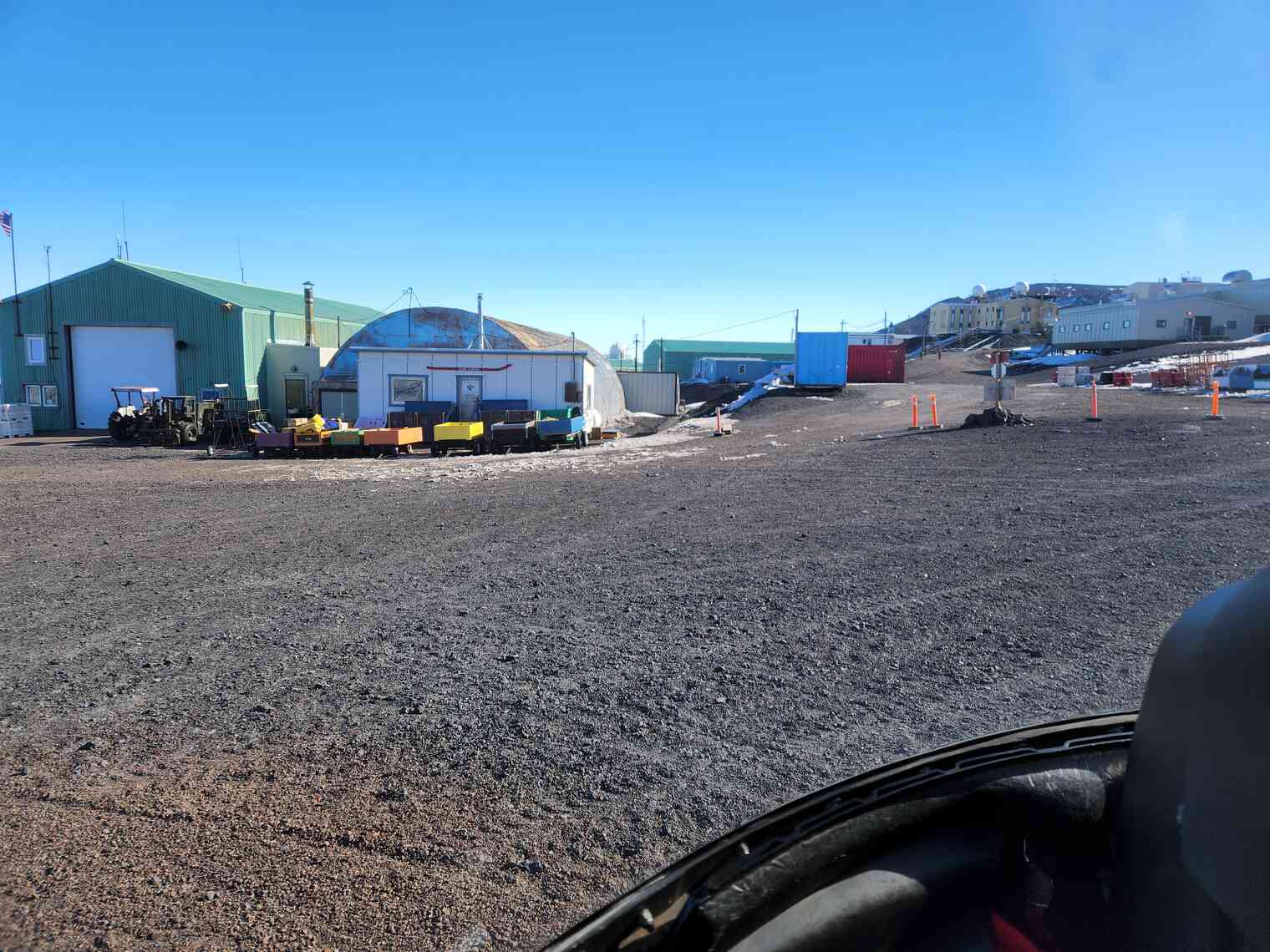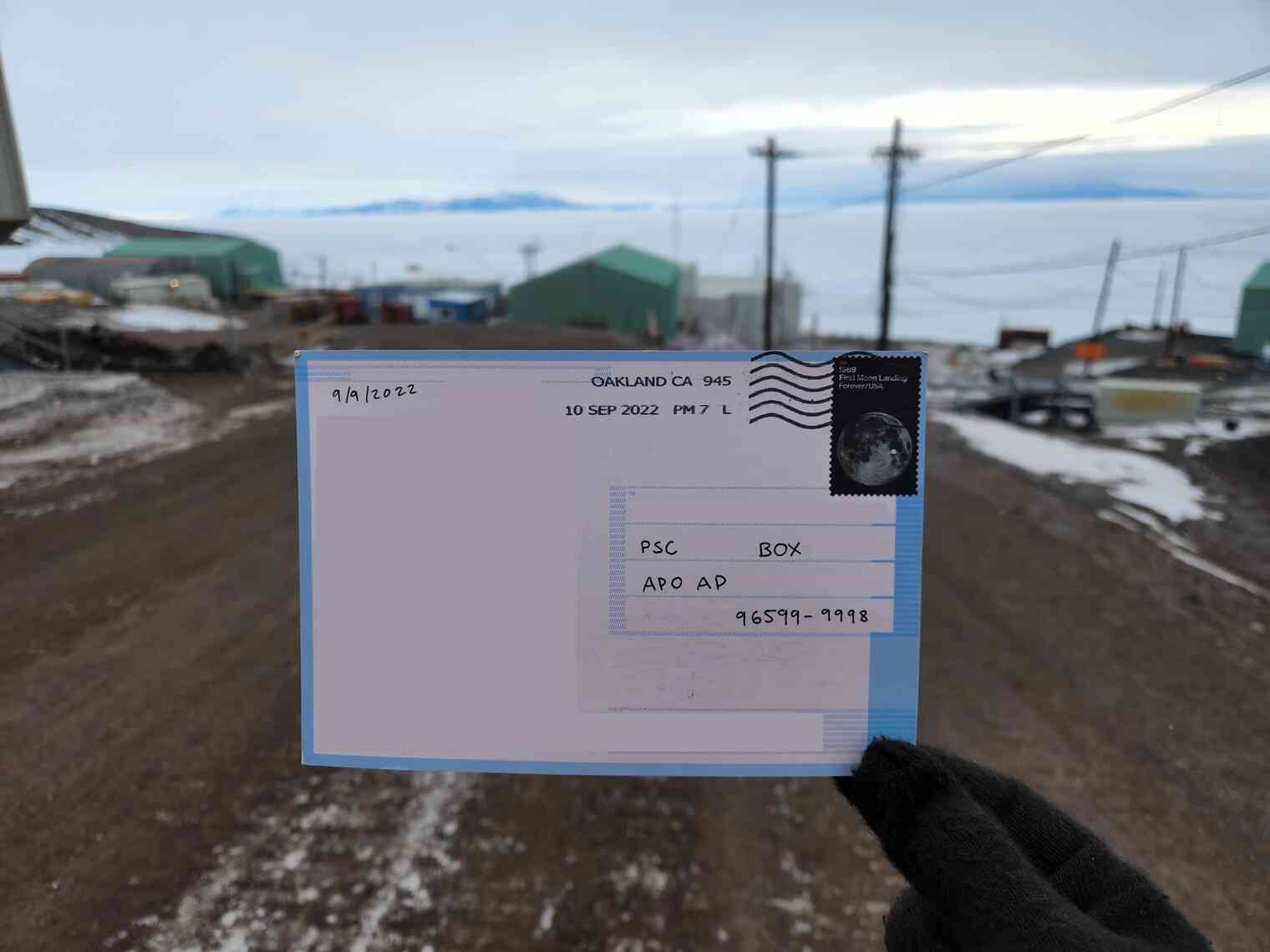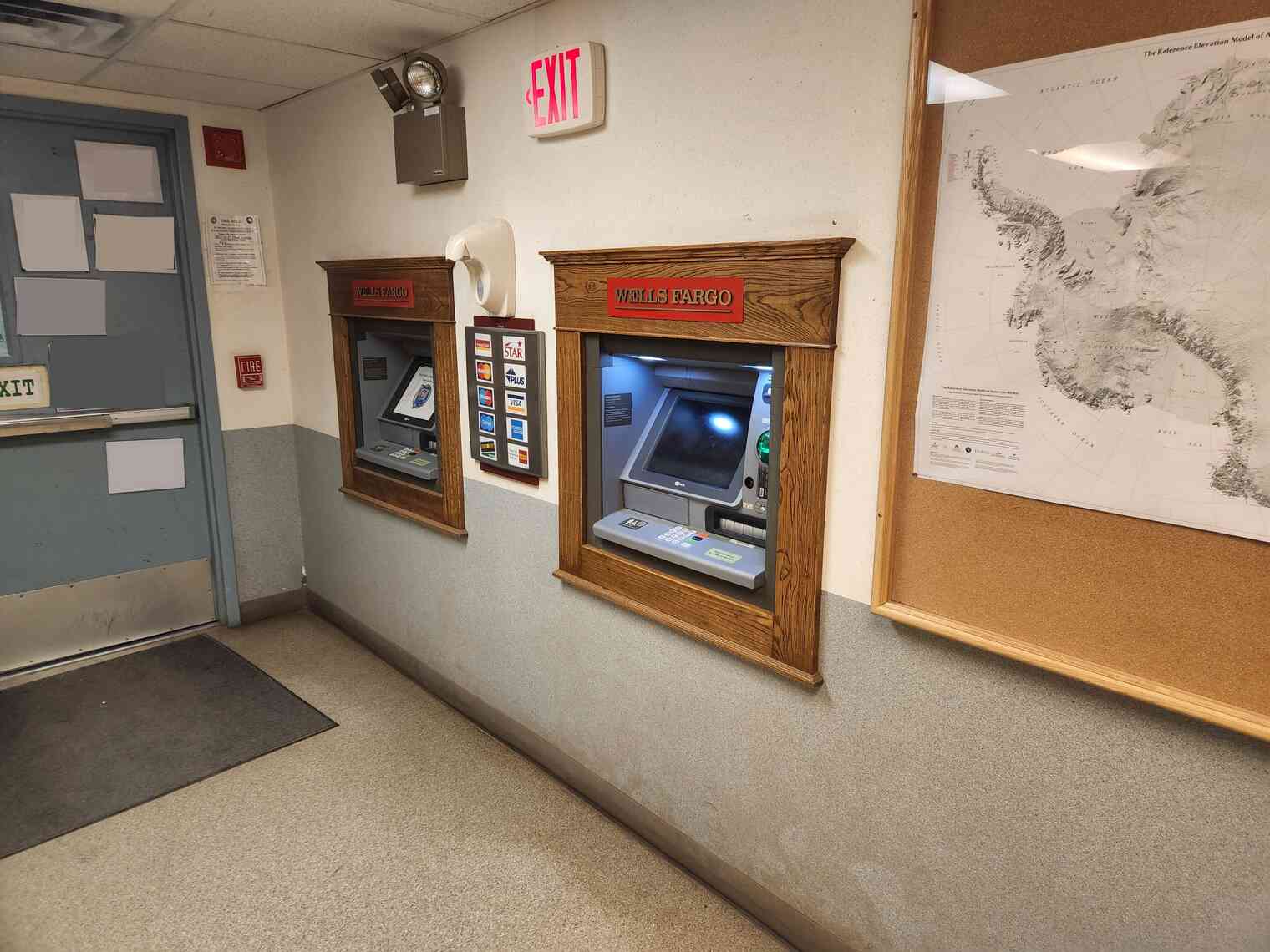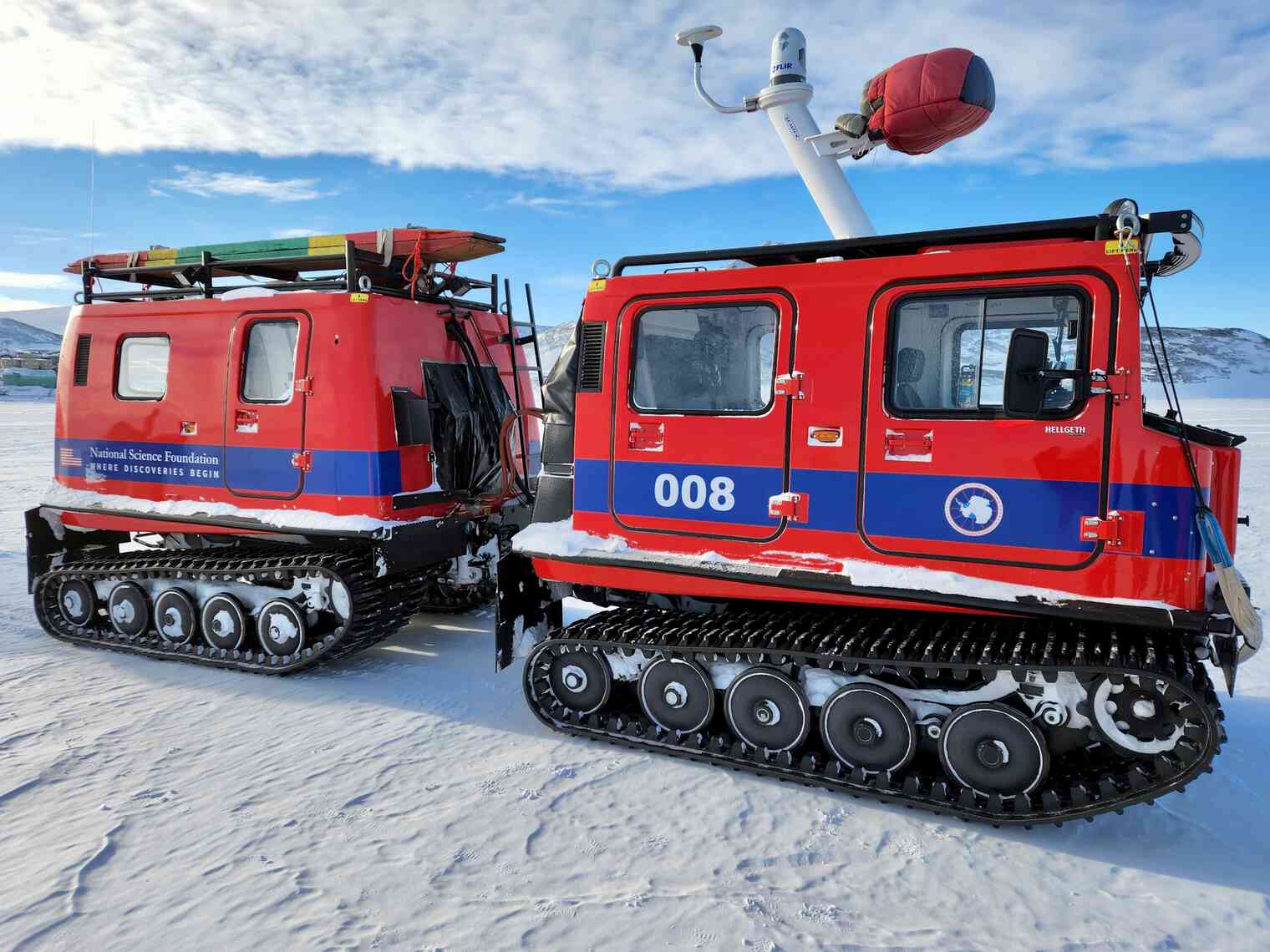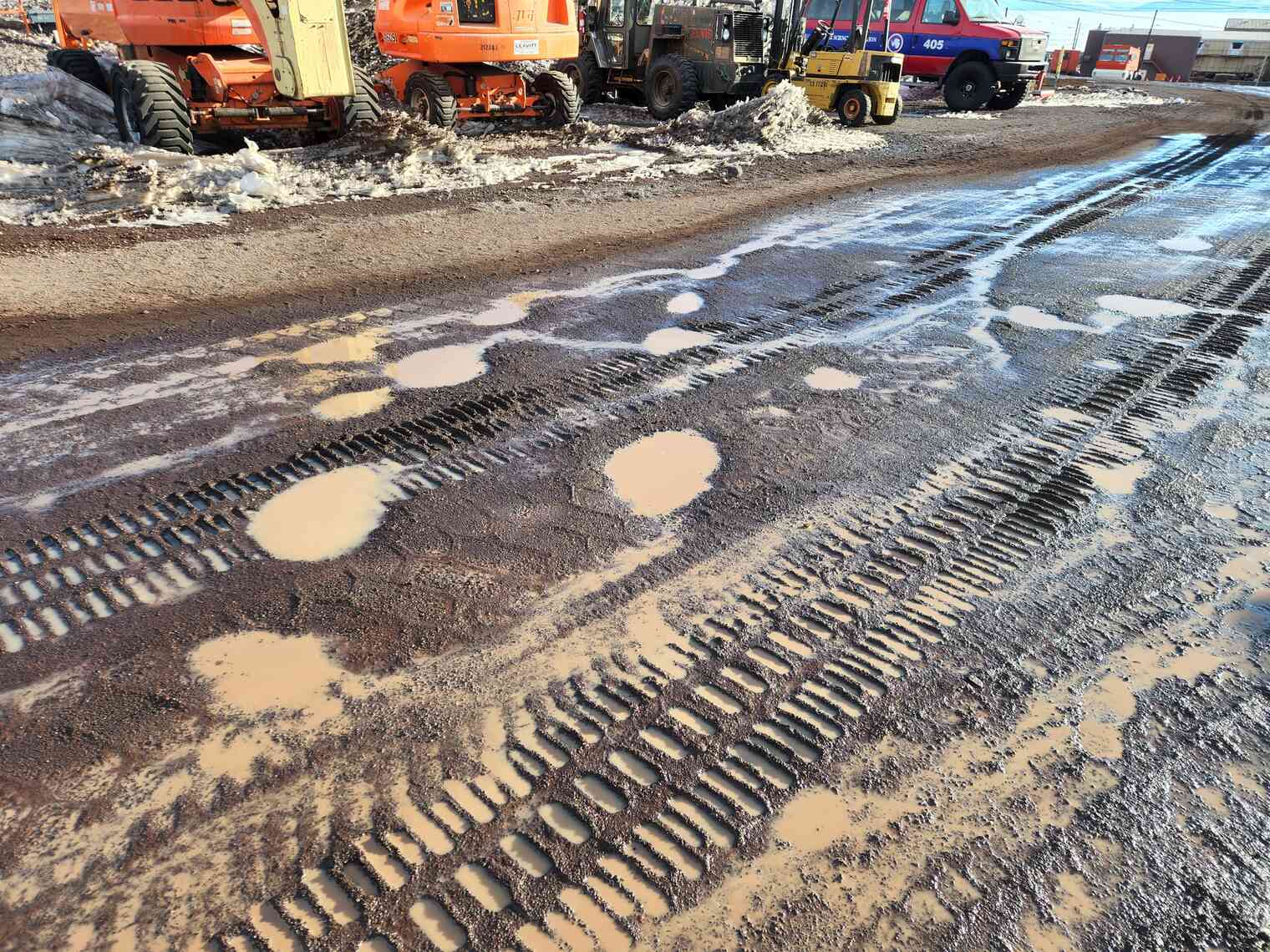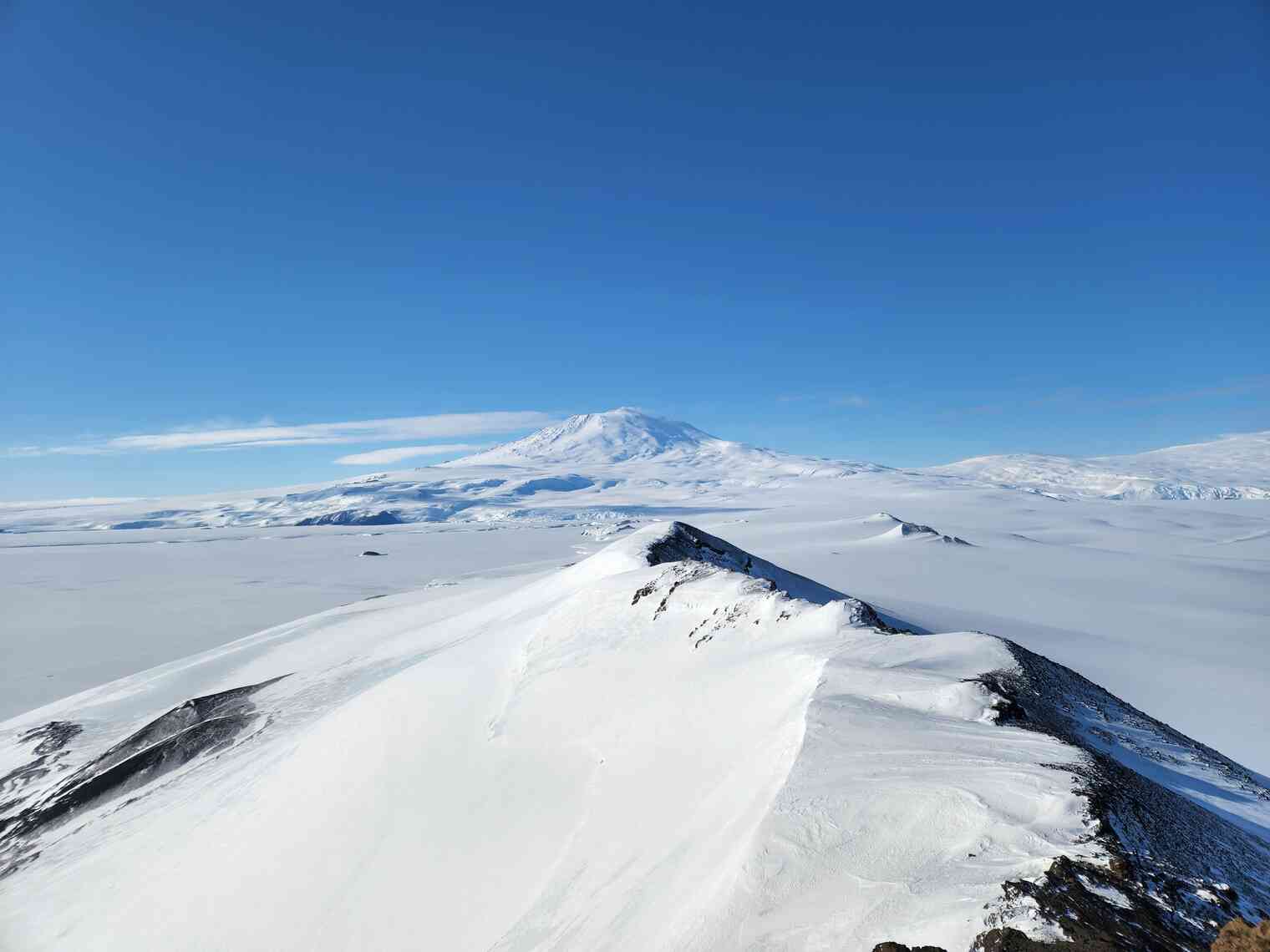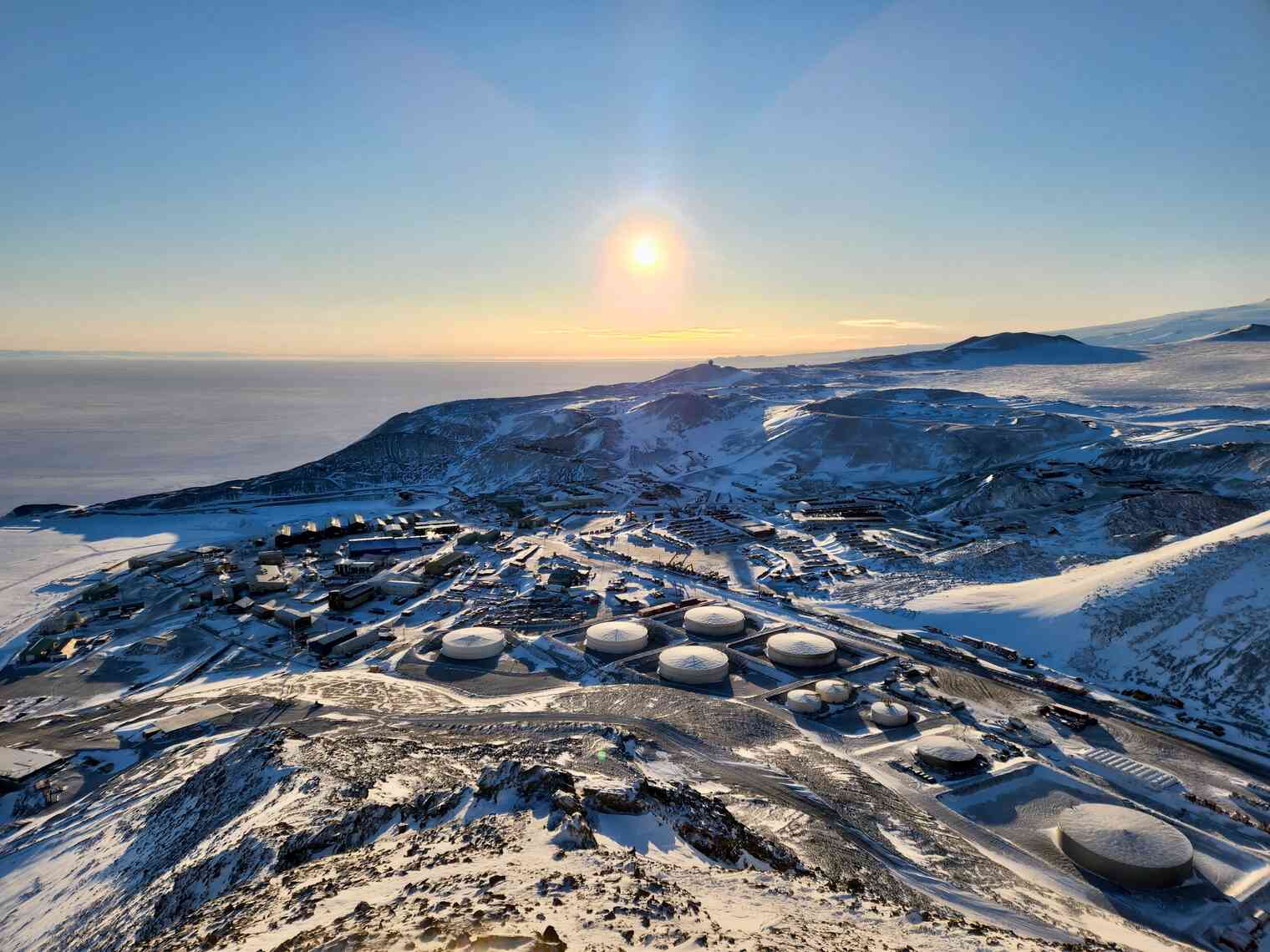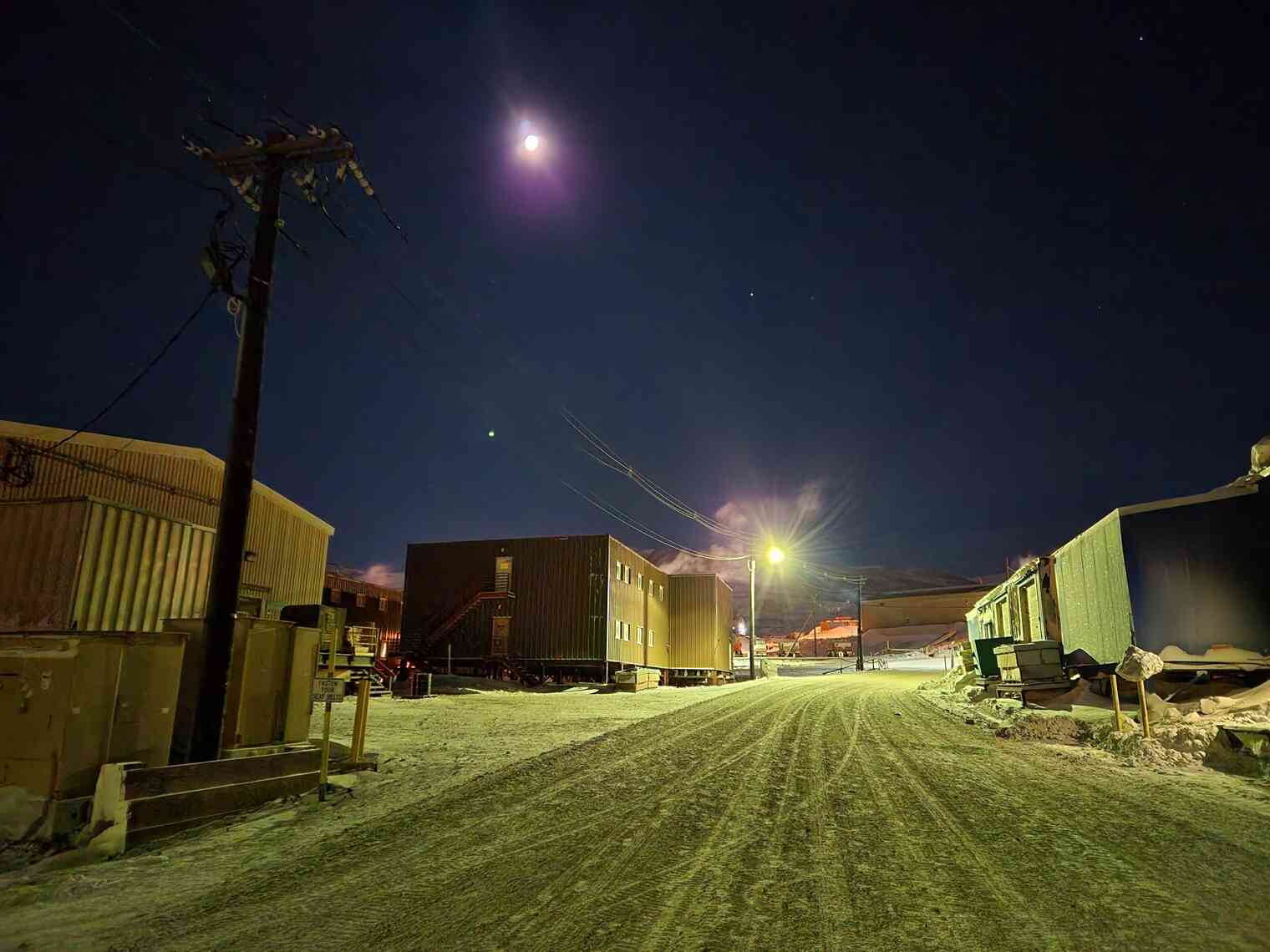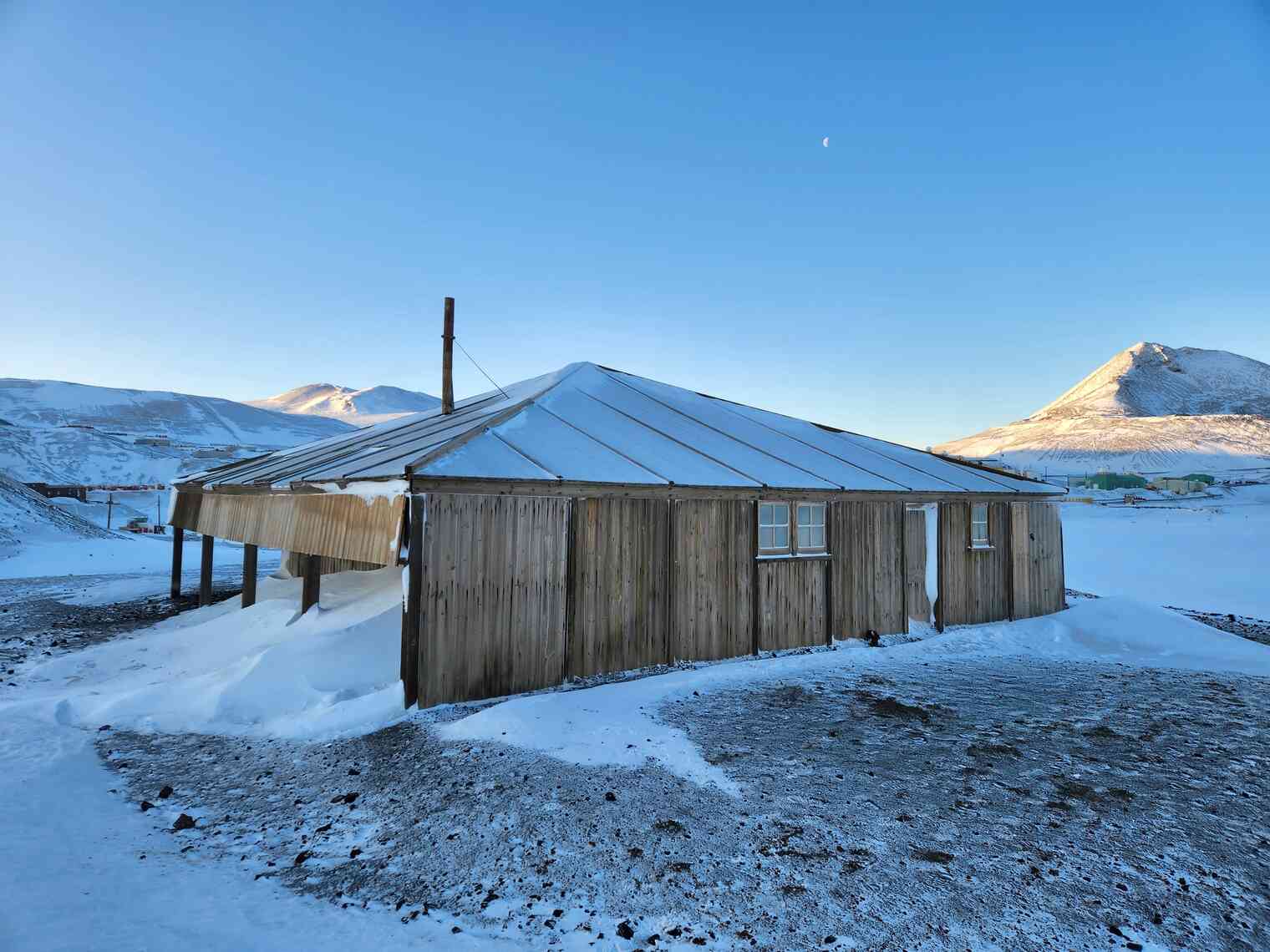I recently had the opportunity to visit a nearby field camp and assist with some IT tasks! This was a short, couple-hour trip to help get the camp ready for summer science work.
These trips are a real treat for folks like me who don’t spend a lot of time in the field. It’s an opportunity to get out of town, see another side of the work we do here, and have an experience I wouldn’t be able to get back home.
Field camps generally fall into two categories – near-field and deep-field. Near-field camps are within the management radius of McMurdo. They’re typically a quick helicopter ride away. You can get there in an hour or so.
This includes several field camps in the McMurdo Dry Valleys, as well as places like Cape Crozier.
Deep field camps are farther away and are generally only accessible by longer-range transportation such as fixed-wing aircraft (LC-130, Basler, Twin Otter).
McMurdo is host to several helicopters that make frequent trips around to nearby camps. It really simplifies logistics when you can fly in a part or a specialized technician from McMurdo when needed. Our total time on the ground was just a few hours.
Our trip for the day started out at the Helicopter (“Helo”) Passenger Terminal, building 36.
I started out by weighing and labeling my cargo. This allows the planners in Helo Ops to distribute weight and plan fuel requirements for the trip. Each item gets labeled with a destination and a weight.
Cargo wagons are used to ferry cargo out to the waiting helicopters:
Passengers are reminded of their clothing obligations. ECW must be accessible at all times while flying.
All passengers get helmets with radios built in, so we can talk to the pilot and fellow passengers while traveling:
And of course, there’s sunscreen and earplugs readily available. It was bright and sunny on the day of our trip, and sunburn is a real issue on days like this.
Our ride for the day was an Airbus AStar operated by Air Center Helicopters.
Our pilot mentioned that the AStars are more “sporty” than the larger helicopters. They also provide better views for the passengers.
This was my first helicopter flight ever, and it was a great experience! We departed from McMurdo right on schedule:
The scenery was gorgeous and like nothing I’ve ever experienced. We flew for about 45 minutes, over several different types of terrain, en route to Crozier.
We soon started our approach to the Cape Crozier field camp. The camp is built into the side of the hillside.
It wasn’t at all clear to me where we were going to land until only a few seconds before we touched down. The smaller helicopters really don’t require much to land, just a small flat space.
You can see us approaching Crozier and coming in for landing:
Crozier itself is a small field camp. There’s only a handful of people who work out here, and it was great to be able to help them with the IT that will allow them to have a successful field season.
Crozier is known for having particularly cold, windy weather, but on the day of our visit it was calm, sunny, and “warm”, about +15°F. Experienced folks mentioned that it was the best weather Crozier had seen so far this year.
The camp itself is a single modular building, with both a heated and an unheated section, plus an attached outhouse. This is where camp members prepare food, work, relax, and stay warm. For sleeping, there’s a series of tents set up outside.
Whenever I’m around other teams in their work or home environments, I’m conscious of the fact they may not want the private details broadcast all over the Internet. This blog is about infrastructure, processes, and experiences, not about people. I’m aware that I’m a guest in their space. This is especially important to me now that the blog has escaped outside my small circle of friends back home.
The view is gorgeous. The camp at Crozier is primarily used for studying penguins, and while there weren’t any close enough to camp for us to see, you could tell they live in the area by the… smell.
The helicopter schedule for the day was pretty light, so our pilot ended up just waiting around for us while we did the work. It was just a few hours on the ground. The pilot started the engine occasionally to keep the oil warm while we were working:
The helicopter itself looks pretty cool with its NSF / Antarctica color scheme:
On the return flight, we got to take a slightly different route and see new scenery:
As we rounded the corner, we came in for a landing in McMurdo. The wind in town had picked up a bit while we were out, so we had a bit of turbulence on the final approach.
Safely back on the ground in McMurdo, we unloaded our gear and hurried up to catch the last few minutes of lunch in the McMurdo galley.
This was a great experience and I’m fortunate to have had the opportunity to go. It was my first ever helicopter flight, and something I’ll certainly remember.
Until next time!
